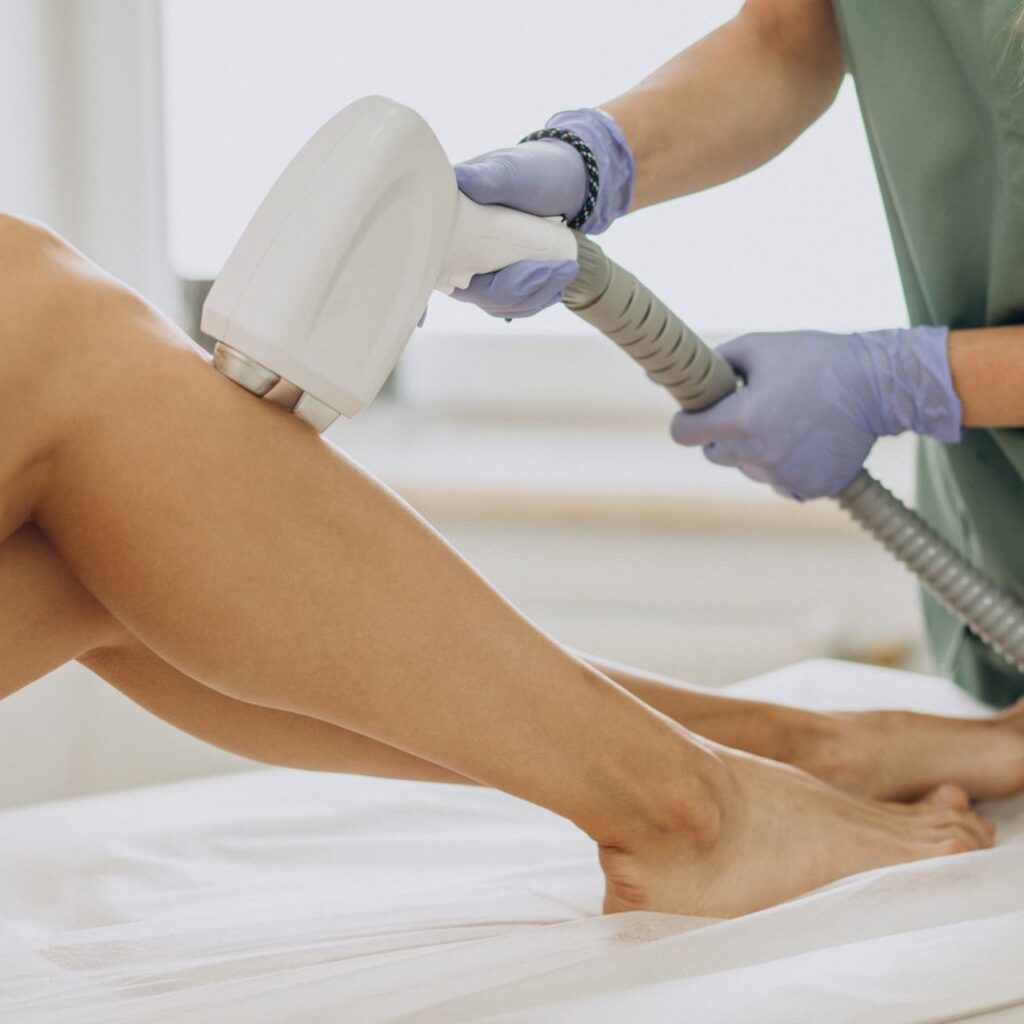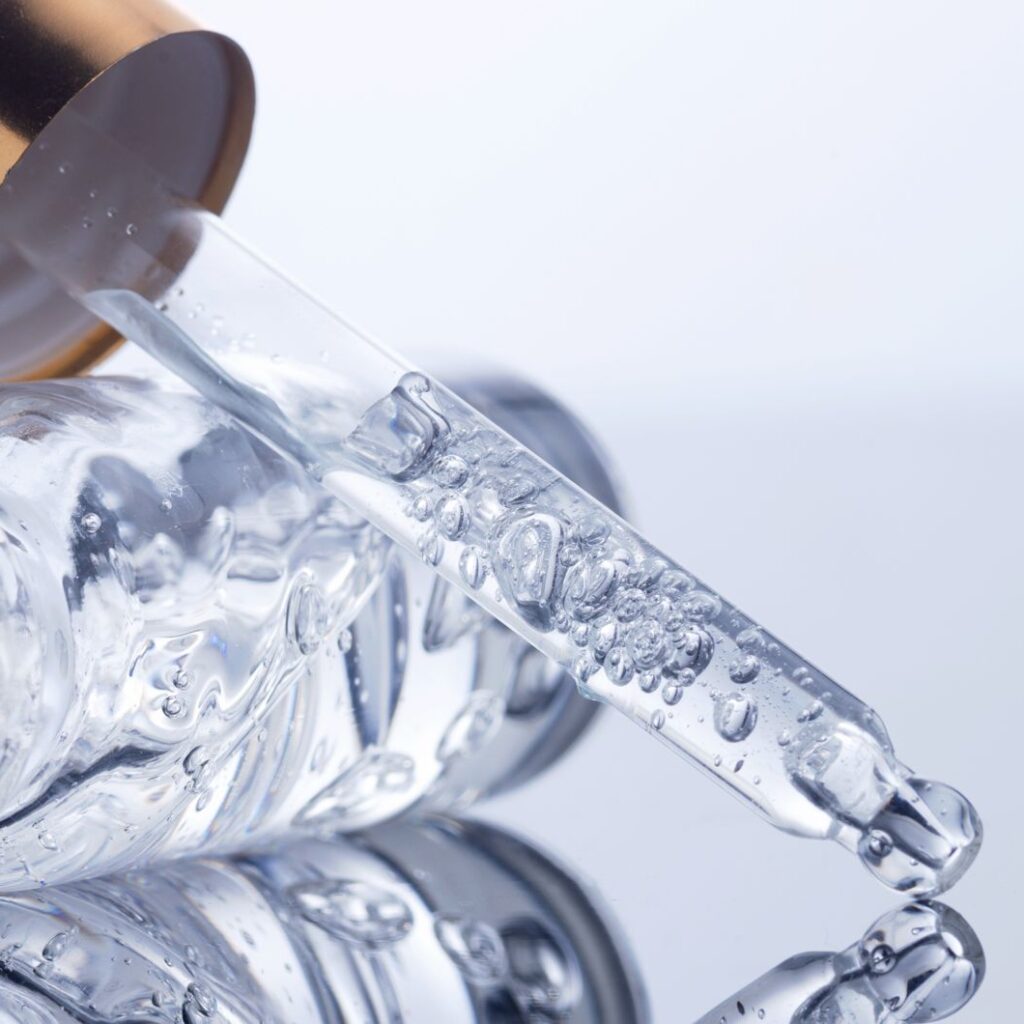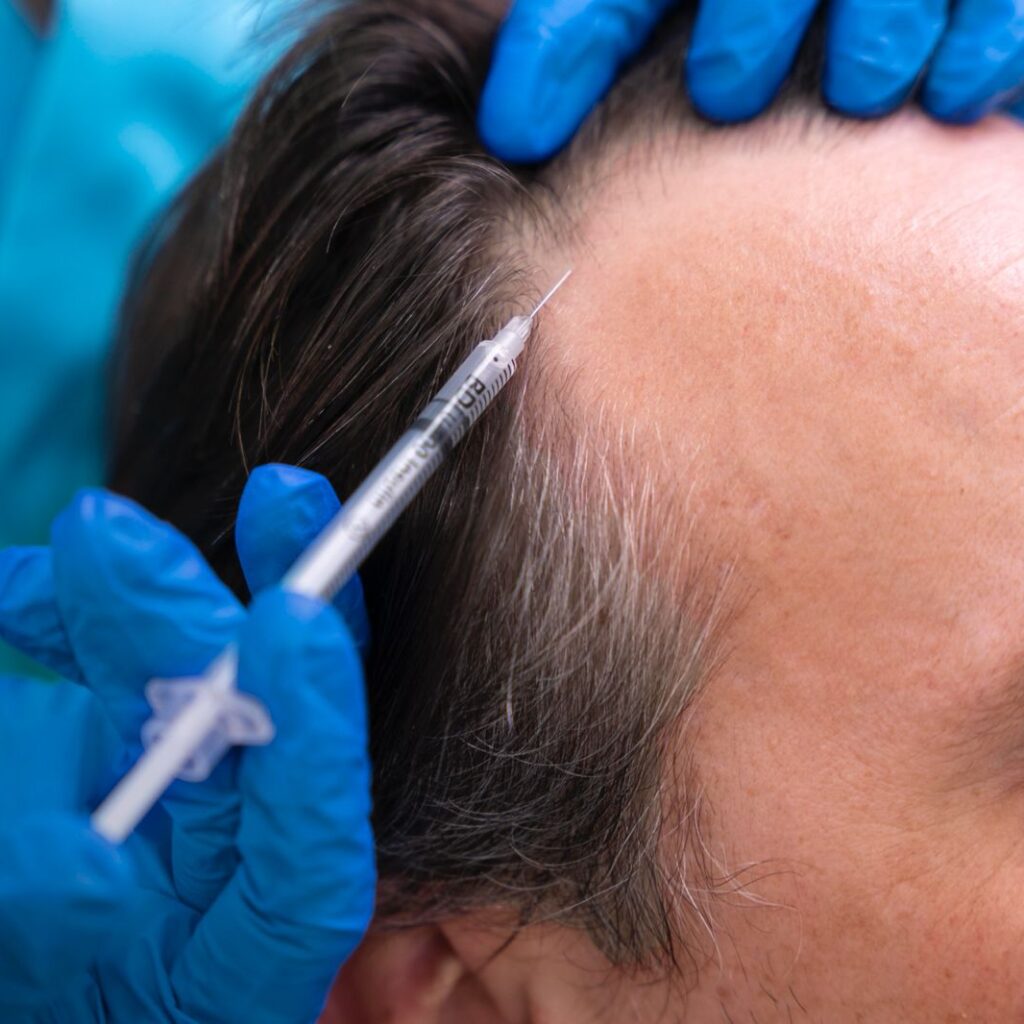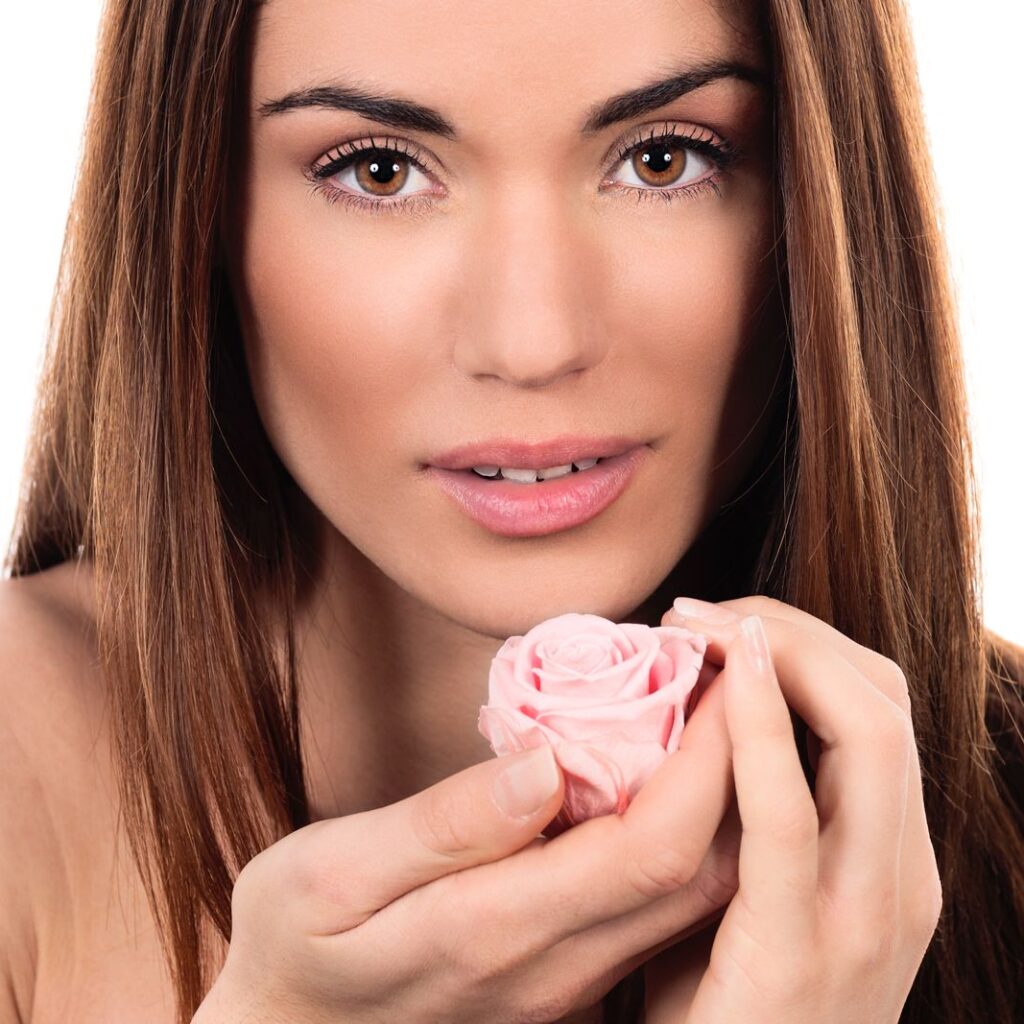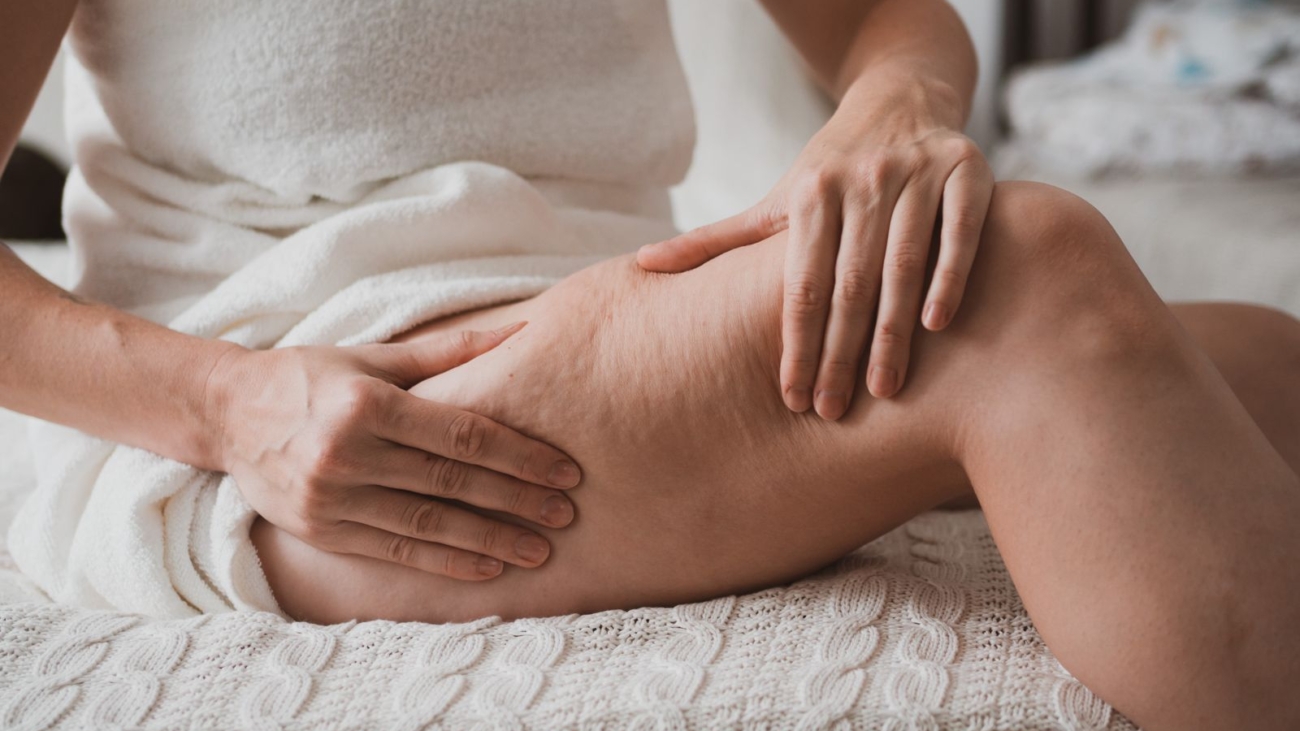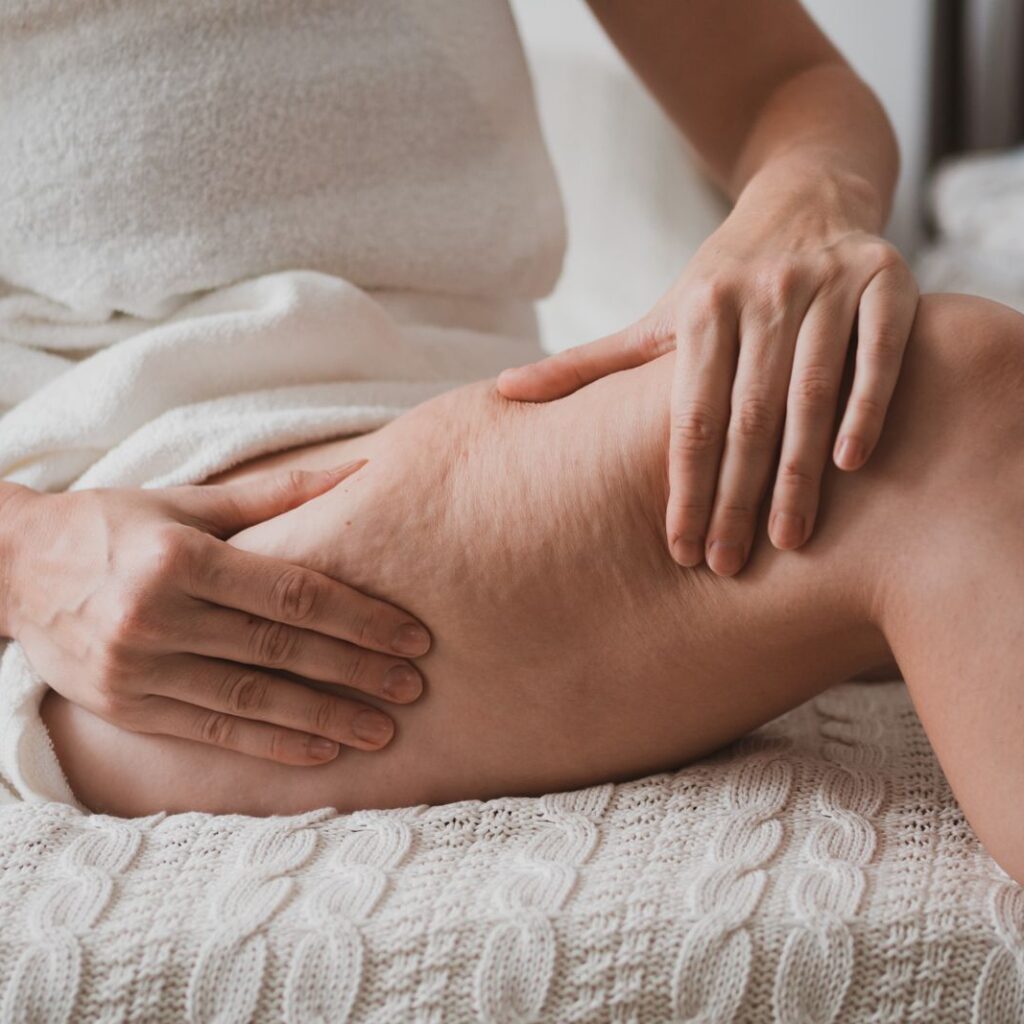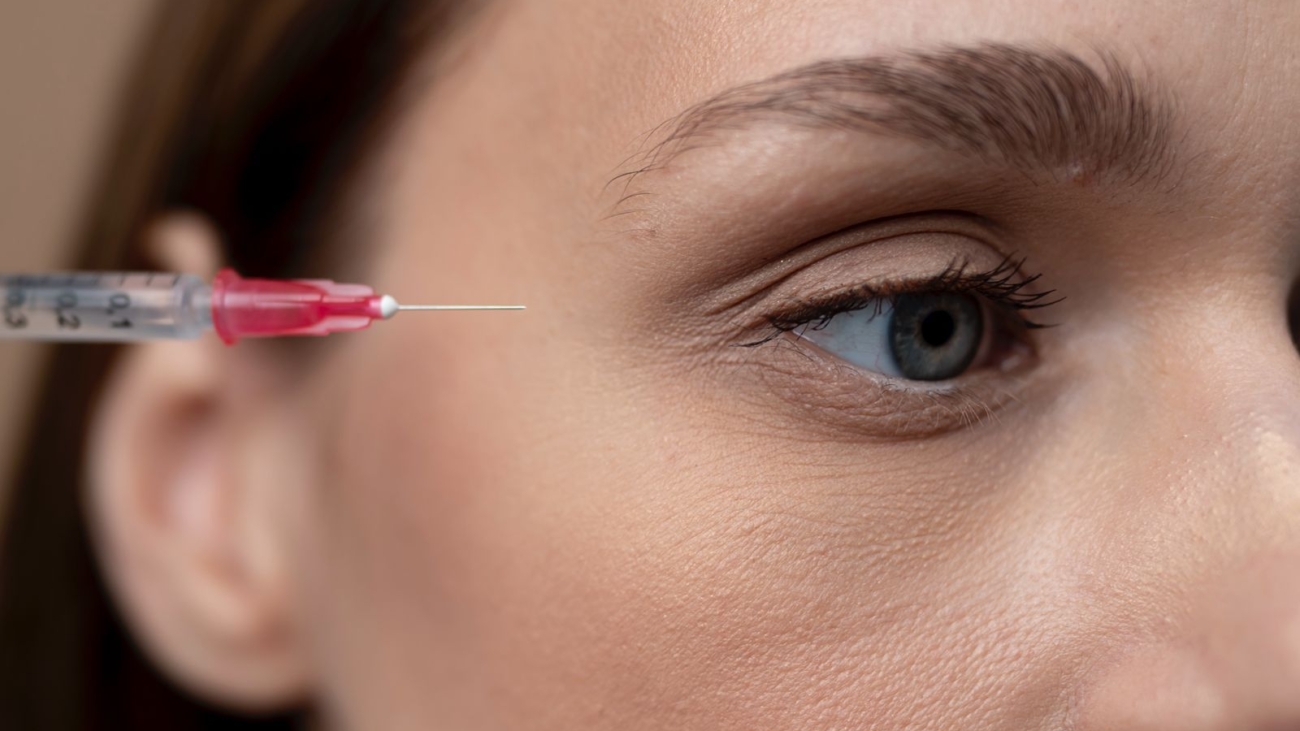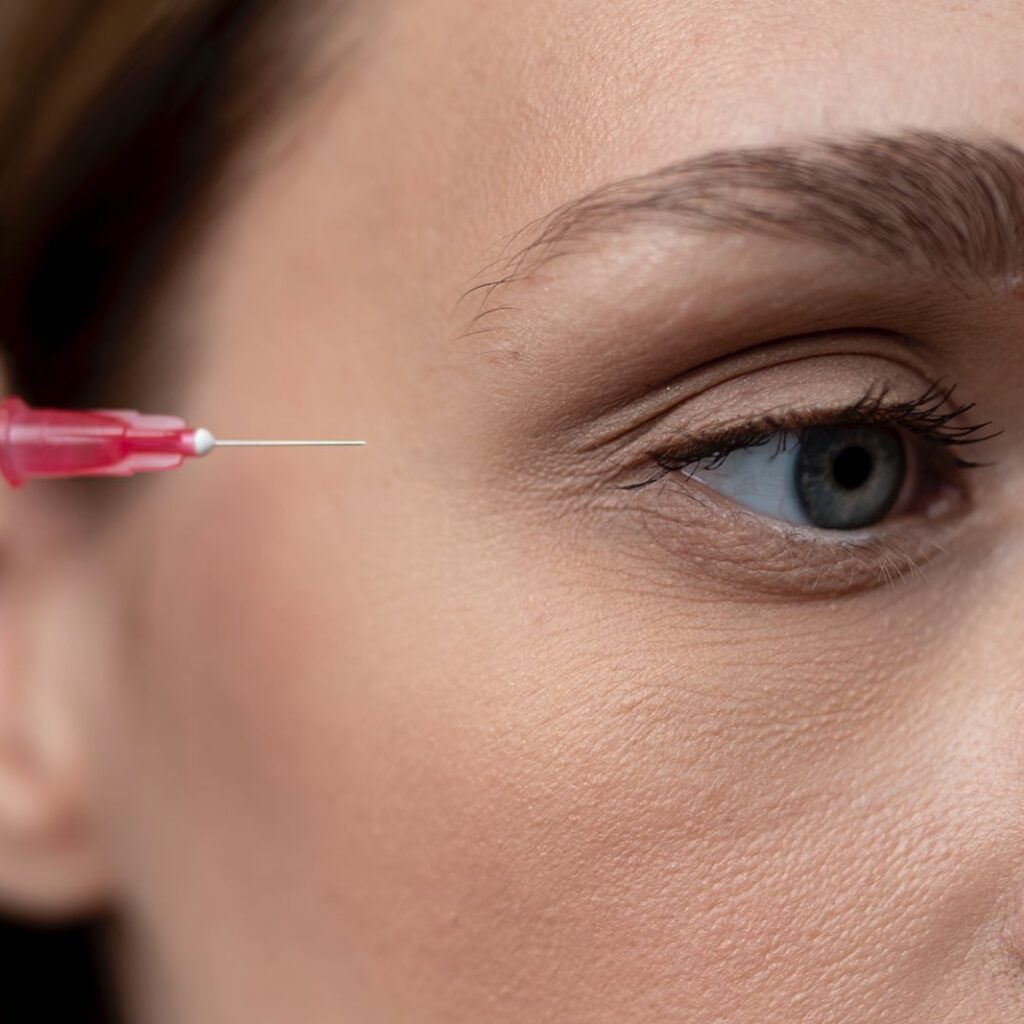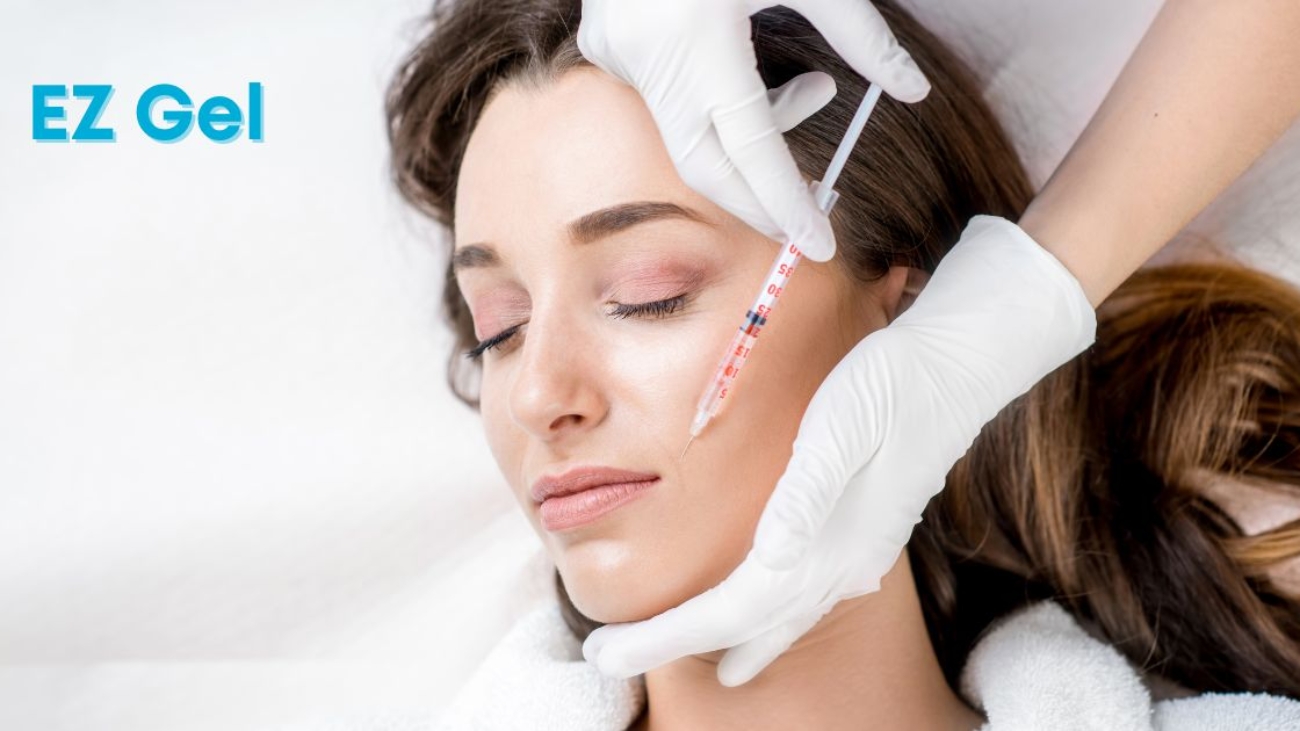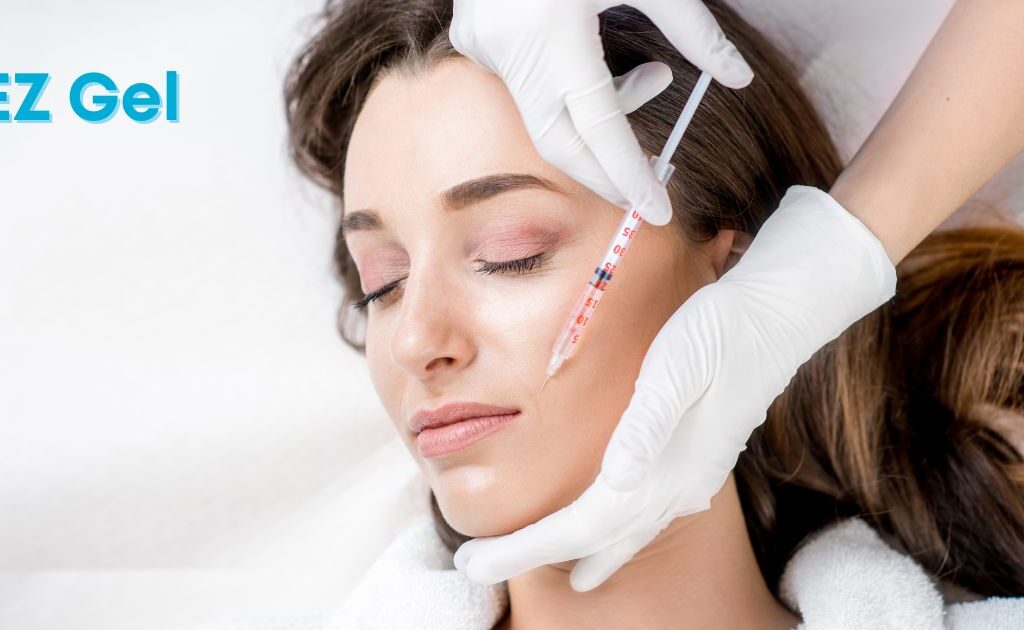Sweating is a natural and essential bodily function—helping regulate temperature and eliminate toxins. However, when perspiration becomes excessive, unpredictable, and uncontrollable, it turns from a minor inconvenience into a serious issue that affects overall quality of life. Whether it appears in the underarms, palms, feet, or face, excessive sweating can interfere with daily activities, cause social discomfort, and deeply impact self-confidence.
In the search for an effective and lasting solution, one treatment has stood out—botulinum toxin (commonly known as Botox). While widely recognized for its anti-aging applications in aesthetic medicine, Botox has increasingly proven its value as a highly effective therapy for hyperhidrosis—the medical term for excessive sweating.
In the sections below, we explain what hyperhidrosis is, how it is treated with botulinum toxin, what you can expect from the procedure, and why this treatment has transformed the lives of people around the world.
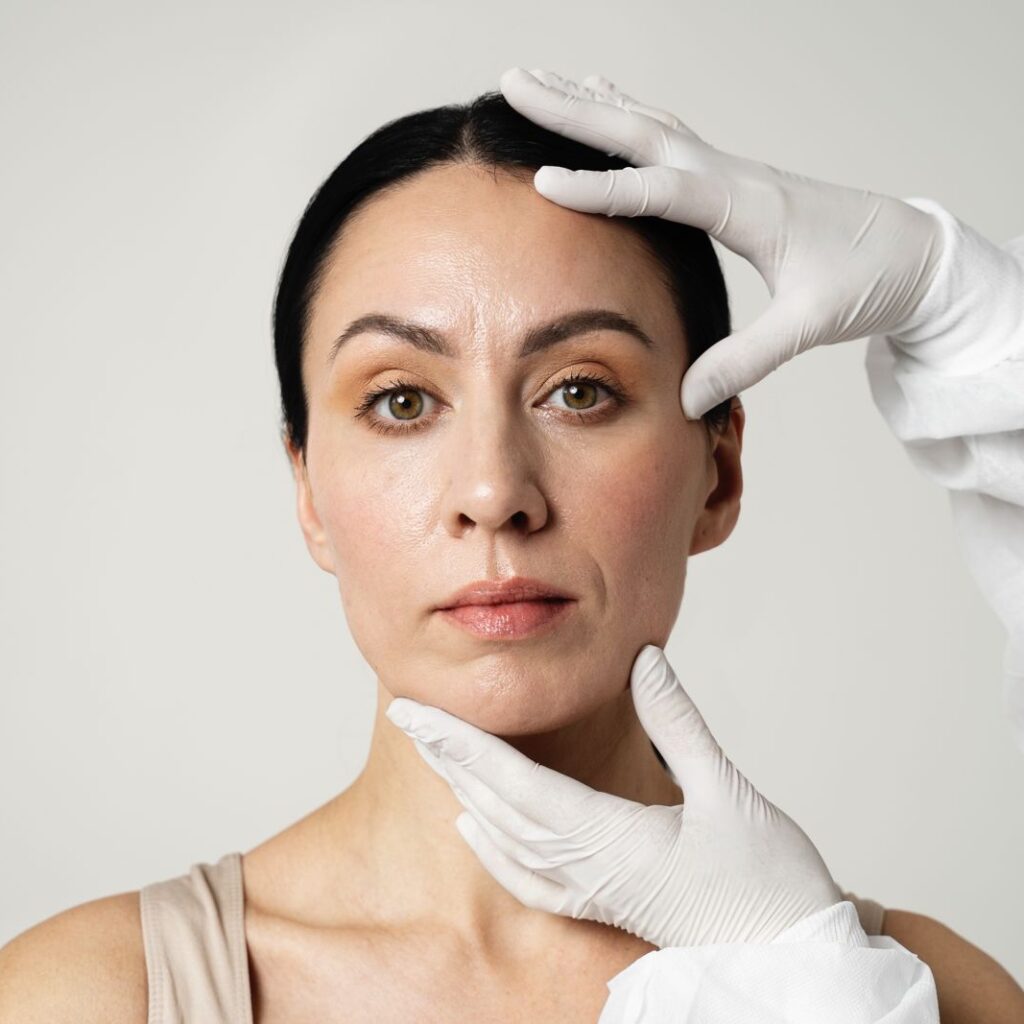
What Is Hyperhidrosis
Hyperhidrosis is a condition characterized by excessive sweating that exceeds the body’s physiological needs. Unlike ‘normal’ sweating caused by heat, physical activity, or stress, hyperhidrosis occurs spontaneously and without any apparent trigger—even in calm, air-conditioned environments.
There are two main types of hyperhidrosis:
- Primary (idiopathic) hyperhidrosis – occurs without a known cause, usually beginning in childhood or adolescence, and is often localized (underarms, palms, soles, face).
- Secondary hyperhidrosis – results from certain medical conditions (such as diabetes, thyroid disorders, menopause, infections) or as a side effect of medications.
Regardless of the cause, the consequences are similar: damp clothing, visible sweat marks, unpleasant odor, discomfort, social anxiety, and even avoidance of social or professional situations.
How Does Botulinum Toxin Help with Excessive Sweating
Botulinum toxin works by blocking the neurotransmitter acetylcholine, which activates the sweat glands. When injected into specific areas of the skin, it temporarily disables the sweat glands from producing sweat—directly addressing the problem at its source.
Importantly, botulinum toxin does not negatively affect the body’s thermoregulation, as it only treats localized areas. The rest of the body still maintains its ability to cool itself through untreated regions.
Which Areas Can Be Treated?
The most commonly treated areas for hyperhidrosis with Botox include:
- Underarms – the most frequent site of localized excessive sweating
- Palms and soles – especially distressing, as it interferes with daily tasks and social interaction
- Face and forehead – can cause aesthetic and psychological discomfort, particularly in public speaking or professional settings
The treatment can be tailored to other areas depending on the patient’s individual needs.
What Does a Botulinum Toxin Treatment for Sweating Look Like
The procedure is performed in a clinical setting and typically takes between 20 and 40 minutes, depending on the area being treated. The steps are as follows:
1. The targeted area is disinfected and, if necessary, numbed with a topical anesthetic cream.
2. Botulinum toxin is injected using very fine needles into the superficial layer of the skin, following a grid pattern to evenly cover the entire region.
3. After the treatment, the patient can immediately resume normal daily activities.
Most patients experience minimal discomfort, and any sensitivity or redness typically subsides within 24 hours.
When Will You See Results and How Long Do They Last?
Initial results are usually noticeable within 3 to 7 days, with maximum effect appearing after about 2 weeks. The treatment results typically last between 4 and 8 months, and in some cases, up to a year.
The treatment is safe to repeat, and many patients choose to undergo it once a year, especially as a preventive measure during the summer months.
Advantages of Botulinum Toxin Treatment for Excessive Sweating
- Highly effective – over 90% of cases show significant sweat reduction
- Minimally invasive – no surgery or downtime required
- Fast results – noticeable effects within just a few days
- Long-lasting – results persist for several months
- Improved confidence and comfort – freedom to wear what you want, shake hands without embarrassment, and live without limitations
Are There Any Side Effects?
As with any medical procedure, side effects are possible but are usually rare and mild. The most common include:
- Mild swelling, redness, or bruising at the injection site
- Temporary muscle weakness (e.g., in the hand if palms are treated)
Apart from localized discomfort, serious complications are extremely rare when the treatment is performed by a qualified physician.
Who Is a Good Candidate for This Treatment?
Ideal candidates are individuals who:
- Have been diagnosed with localized hyperhidrosis
- Find that conventional products (antiperspirants, creams) are ineffective
- Want a quick and long-lasting solution without surgery
- Do not have allergies to botulinum toxin and are not pregnant or breastfeeding
Before the procedure, a thorough consultation with a physician is conducted to create an individualized treatment plan based on the patient’s needs and overall health.
Less Sweat, More Freedom
Botulinum toxin isn’t reserved only for aesthetic corrections – its true power lies in solving everyday problems like excessive sweating. For many people, this treatment has been life-changing: a return to self-confidence, improved quality of life, and the freedom to dress as they wish, shake hands without discomfort, and enjoy social and professional situations without worry.
If you recognize the symptoms of hyperhidrosis and are looking for a solution that is safe, effective, and long-lasting – schedule your consultation today. Our team of specialists follows proven protocols and uses certified products to ensure maximum comfort and optimal results.
Say goodbye to sweat and discomfort – discover the power of botulinum toxin and start living more freely.


